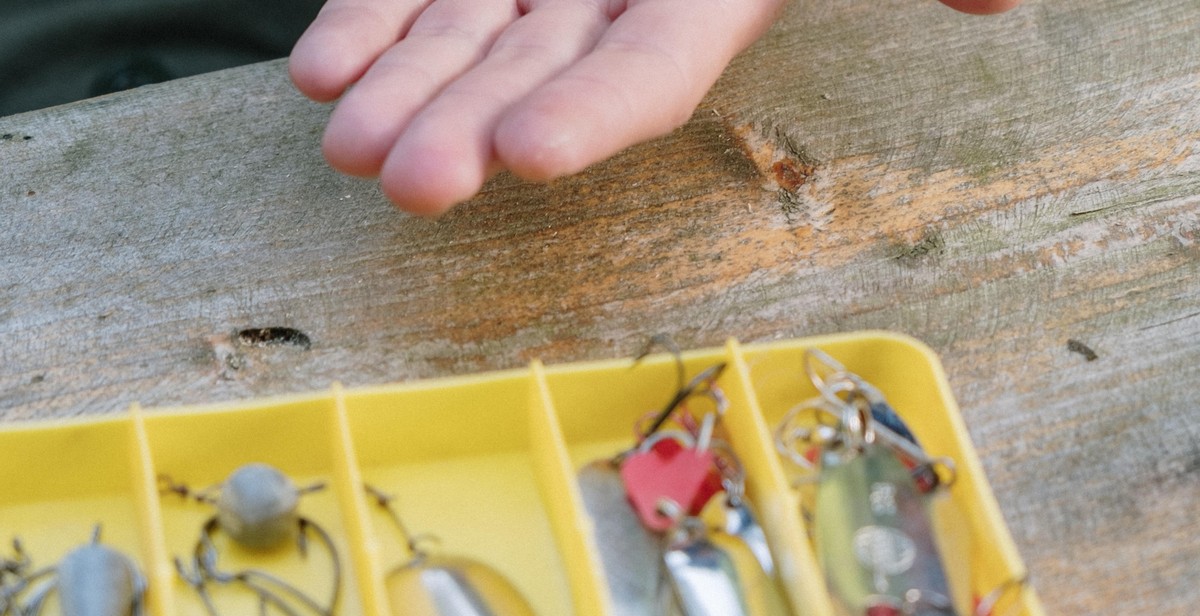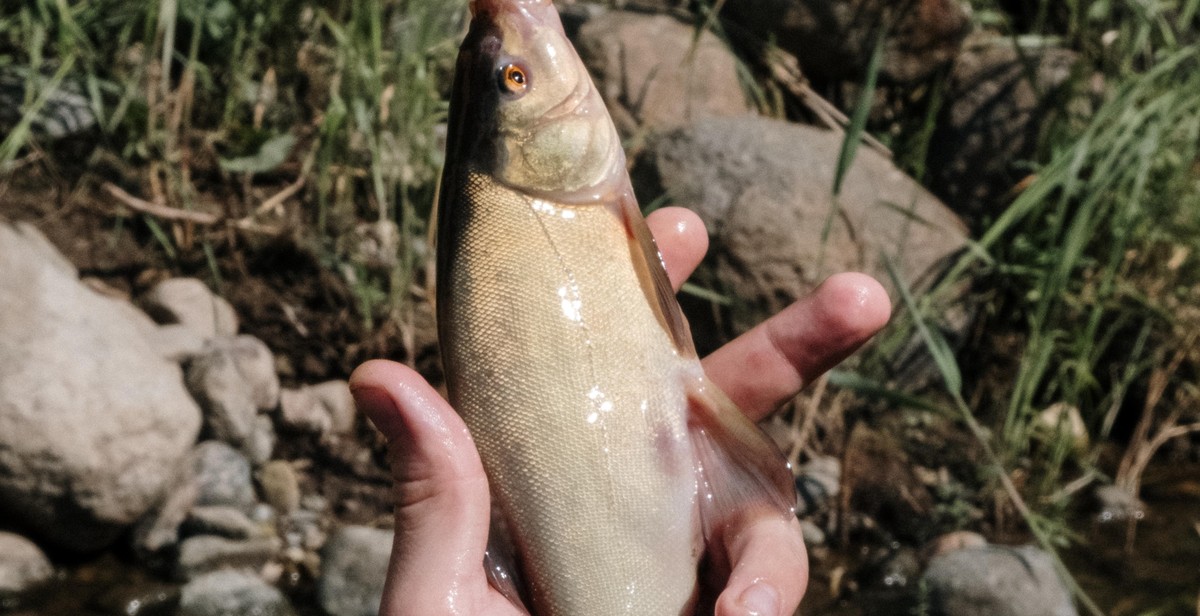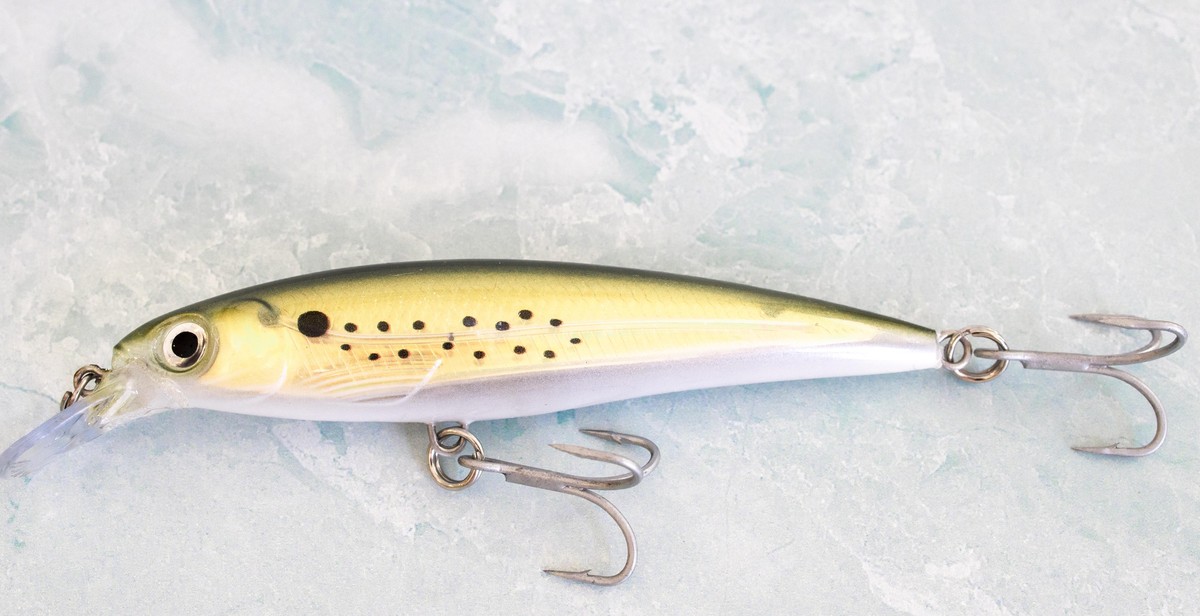Introduction
Bass fishing is a popular pastime for many anglers, and for good reason. Bass are known for their size, strength, and fighting ability, making them a challenging catch for even the most experienced fishermen. Additionally, bass can be found in almost any body of water, from small ponds to large lakes, making it accessible to many people.
However, bass fishing can be a challenging sport to master. It requires skill, patience, and a good understanding of the fish’s behavior and habitat. In this article, we will provide you with techniques and tips to help you become a successful bass fisherman.
Why Bass Fishing is Popular
Bass fishing has become increasingly popular over the years, with more and more people taking up the sport. One reason for its popularity is the challenge it presents. Bass are known for their aggressive nature and can be difficult to catch, making it a rewarding experience for anglers who are able to land one.
Another reason for the popularity of bass fishing is its accessibility. Bass can be found in almost any body of water, from small ponds to large lakes, making it accessible to many people. Additionally, bass fishing can be done from shore or from a boat, making it a versatile sport.
Lastly, bass fishing is a great way to get outdoors and enjoy nature. It provides a sense of relaxation and can be a great way to escape the stresses of everyday life.
Understanding Bass in Lakes
Bass are among the most popular freshwater game fish in the United States. They are known for their fierce fighting ability and elusive nature, making them a challenging catch for anglers of all skill levels. Understanding bass behavior in lakes is essential for successful fishing. Here are some key factors to consider:
Bass Behavior in Lakes
Bass are typically found in areas with cover, such as weed beds, underwater structure, and drop-offs. They are also known to school in open water during certain times of the year. Bass tend to move around a lot, especially during the spawning season, which can make them difficult to locate.
Water temperature is another crucial factor in bass behavior. They tend to be most active in water temperatures between 60 and 75 degrees Fahrenheit. In colder water, they become less active and may move to deeper water. In warmer water, they may seek out shade or cooler, deeper areas.
Bass Feeding Habits
Bass are opportunistic feeders and will eat a variety of prey, including fish, insects, and crustaceans. They are most active during low-light periods, such as dawn and dusk, and may also feed at night. During the day, they may be less active and more difficult to catch.
When selecting lures or bait, it is important to consider the prey that bass are feeding on in the lake. Matching the size and color of your lure to the natural prey can increase your chances of success. Additionally, using a slow, steady retrieve can mimic the movement of natural prey and entice a strike.
| Prey | Description |
|---|---|
| Minnows | Small fish, often silver in color |
| Crayfish | Crustaceans with a hard exoskeleton |
| Worms | Soft-bodied invertebrates |
| Frogs | Amphibians with long legs and webbed feet |
By understanding bass behavior and feeding habits in lakes, you can increase your chances of success when fishing for this popular game fish.

Choosing the Right Equipment
When it comes to fishing for bass in a lake, choosing the right equipment is crucial for success. The three main pieces of equipment you need are a fishing rod and reel, fishing line, and baits and lures. Here’s what you need to know about each:
Fishing Rods and Reels
The type of fishing rod and reel you choose will depend on your personal preference and the type of fishing you plan to do. However, for bass fishing in a lake, a medium to heavy action rod with a fast tip is recommended. This will allow you to cast farther and with more accuracy. Pair your rod with a baitcasting or spinning reel, depending on your experience level and comfort with each type.
Fishing Line
The fishing line you choose will depend on the type of lure you plan to use and the depth at which you plan to fish. For bass fishing in a lake, a monofilament or fluorocarbon line with a test weight of 10-17 pounds is recommended. This will provide enough strength to handle a big bass, while also allowing for a natural presentation of your bait or lure.
Baits and Lures
When it comes to baits and lures for bass fishing in a lake, there are countless options to choose from. Some popular choices include crankbaits, spinnerbaits, jigs, and soft plastics. It’s important to choose a bait or lure that matches the color and size of the local baitfish. Experiment with different types until you find what works best for you.
| Bait/Lure Type | Best Colors |
|---|---|
| Crankbaits | Shad, Perch, Crawfish |
| Spinnerbaits | White, Chartreuse, Shad |
| Jigs | Green Pumpkin, Brown, Black/Blue |
| Soft Plastics | Green Pumpkin, Watermelon, Chartreuse |
Overall, choosing the right equipment for bass fishing in a lake can make all the difference in your success. Take the time to research and invest in quality equipment that meets your needs and preferences.

Techniques for Catching Bass
Casting Techniques
Casting is an essential skill for catching bass. The right casting technique can make a big difference in the success of your fishing trip. Here are some casting techniques that can help you catch more bass:
- Overhead casting: This is the most common casting technique. Hold the rod with both hands and bring it back behind your head. Then, bring it forward and release the line.
- Sidearm casting: This technique is useful when you need to cast under low-hanging branches or other obstacles. Hold the rod to the side and bring it forward in a sweeping motion.
- Roll casting: This technique is useful when you need to cast in tight spaces. Hold the rod at a 45-degree angle and roll it forward to release the line.
Retrieval Techniques
Retrieving your lure is just as important as casting it. Here are some retrieval techniques that can help you catch more bass:
- Slow and steady: This is a classic technique that works well with most lures. Reel in your lure at a slow and steady pace.
- Stop and go: This technique involves reeling in your lure for a few seconds, then stopping it for a few seconds. Repeat this pattern to make your lure look like a wounded baitfish.
- Jigging: This technique involves moving your lure up and down in the water column. It can be especially effective when fishing for deep-water bass.
Lure Presentation
The way you present your lure can also make a big difference in your success. Here are some tips for presenting your lure:
- Match the hatch: Choose a lure that looks like the baitfish in the lake.
- Vary your retrieve: Experiment with different retrieval techniques until you find what works best for the conditions.
- Use a trailer: Adding a trailer to your lure can make it look more realistic and increase your chances of catching a bass.

Tips for Success: How to Fish for Bass in a Lake
If you want to catch more bass when fishing in a lake, there are a few tips and techniques you can use to increase your chances of success. Here are some important factors to consider:
Fish at the Right Time of Day
Bass are more active during certain times of the day, so it’s important to plan your fishing trip accordingly. Early morning and late afternoon are generally the best times to fish for bass. During these times, the water is cooler and the fish are more likely to be feeding. However, if you’re fishing in a heavily shaded area, you may be able to catch bass throughout the day.
Pay Attention to Water Temperature and Conditions
Water temperature can have a big impact on bass behavior. As the water warms up, bass become more active and move into shallower water. Pay attention to the water temperature and adjust your fishing techniques accordingly. Additionally, be aware of the weather conditions and how they may affect the fish. For example, if it’s a cloudy day, bass may be more likely to venture into shallow water.
Be Patient and Persistent
Fishing for bass in a lake can be a test of patience. It’s important to be persistent and keep trying even if you’re not getting any bites. Try different lures, change your technique, and move around to different areas of the lake. Remember that bass are often attracted to movement, so try to make your lure look as natural as possible.
- Try different types of lures, such as spinnerbaits, crankbaits, and soft plastics.
- Move around to different areas of the lake to find where the fish are biting.
- Use a slow, steady retrieve to make your lure look more natural.
By following these tips and techniques, you can increase your chances of catching more bass when fishing in a lake. Remember to be patient, persistent, and pay attention to the water temperature and conditions. Good luck and happy fishing!
Conclusion
Fishing for bass in a lake can be a challenging yet rewarding experience. With the right techniques and tips, you can increase your chances of success and make the most of your time on the water.
Remember to Enjoy the Experience
While catching fish is the ultimate goal, don’t forget to enjoy the experience of being out on the water. Take in the scenery, enjoy the peacefulness of nature, and appreciate the opportunity to disconnect from the hustle and bustle of daily life.
Practice Patience and Persistence
Don’t get discouraged if you don’t catch fish right away. Fishing requires patience and persistence. Keep trying different techniques and locations until you find what works best for you.
Use the Right Equipment
Investing in the right equipment, such as a quality rod, reel, and line, can make a big difference in your success. Make sure to also have a variety of lures and baits to choose from, and don’t be afraid to experiment with different colors and sizes.
Stay Safe and Follow Regulations
Always prioritize safety when fishing in a lake. Wear a life jacket, be aware of your surroundings, and follow all regulations and guidelines set by local authorities. This not only ensures your safety but also helps protect the environment and preserve the natural resources for future generations.
Overall, fishing for bass in a lake is a fun and exciting activity that can be enjoyed by anglers of all skill levels. With these techniques and tips, you’ll be well on your way to a successful and enjoyable fishing trip.
